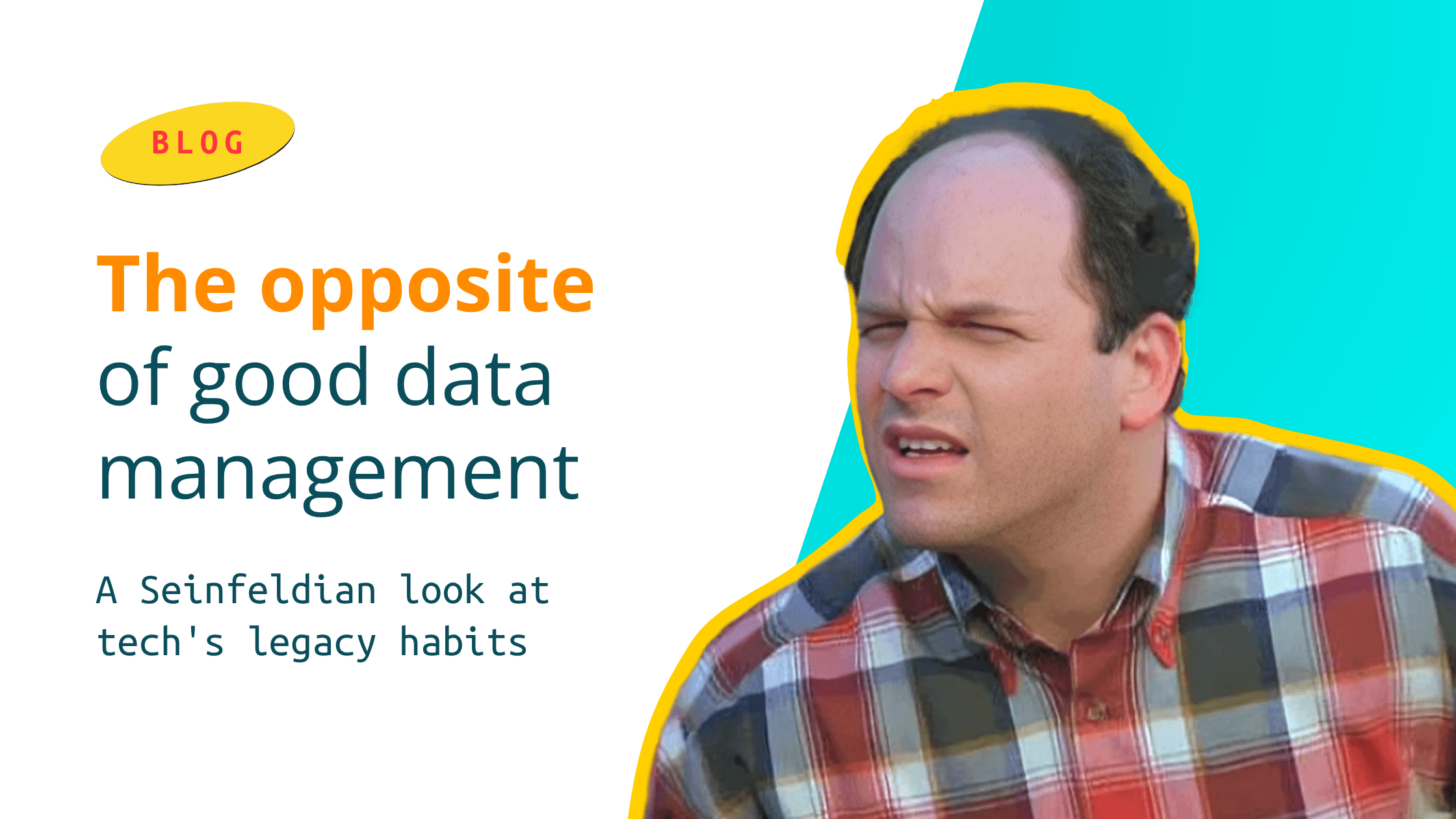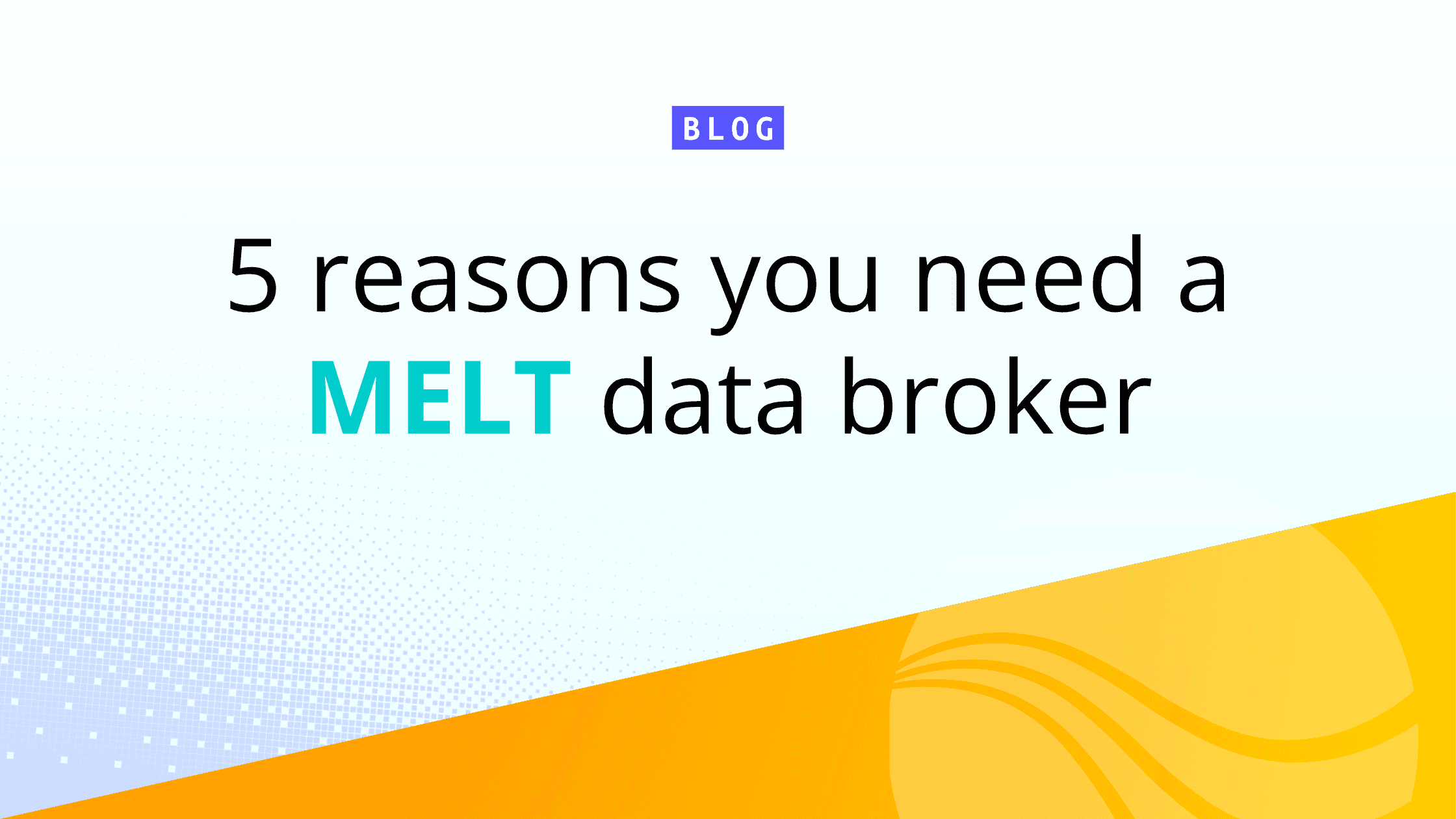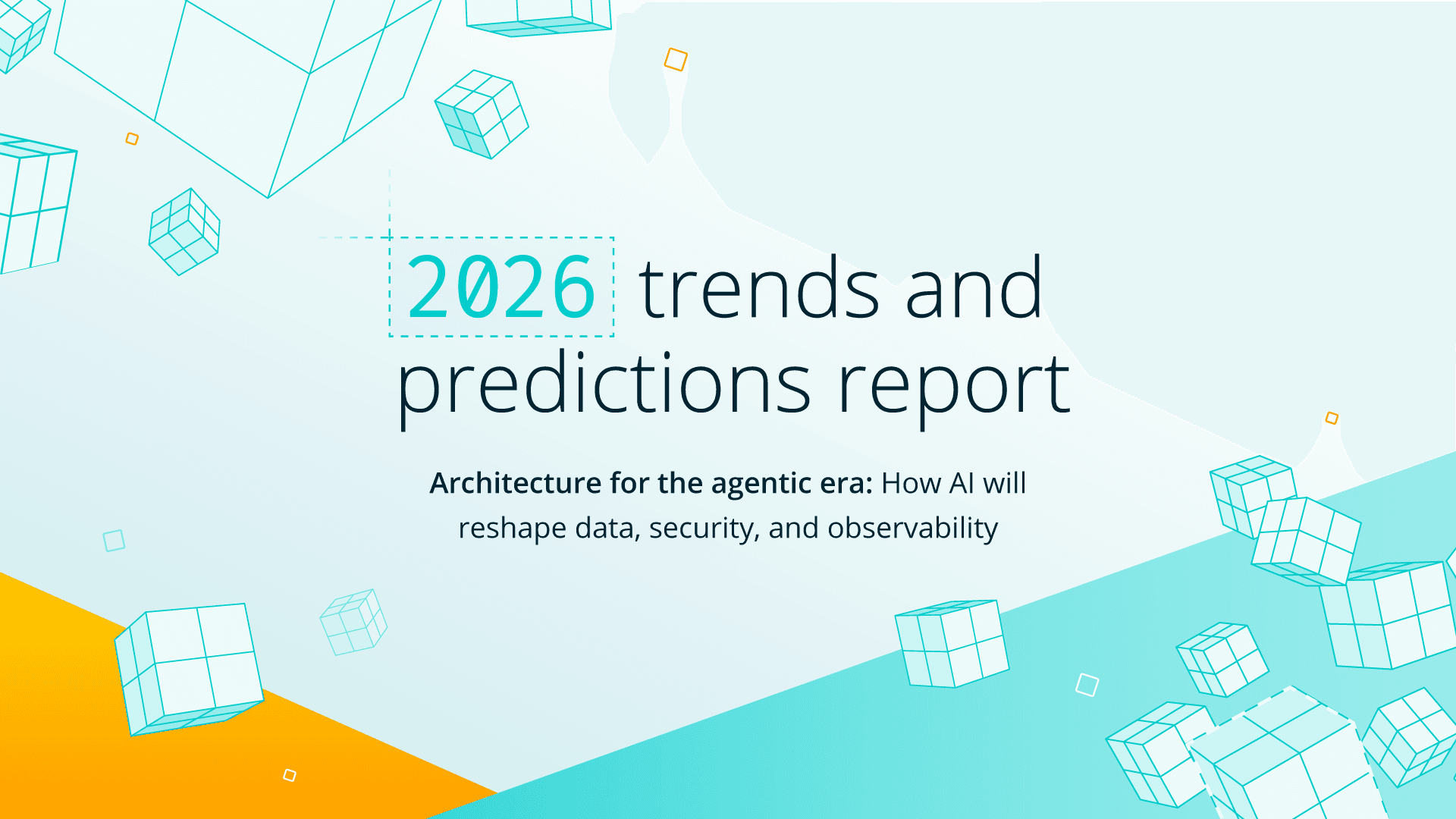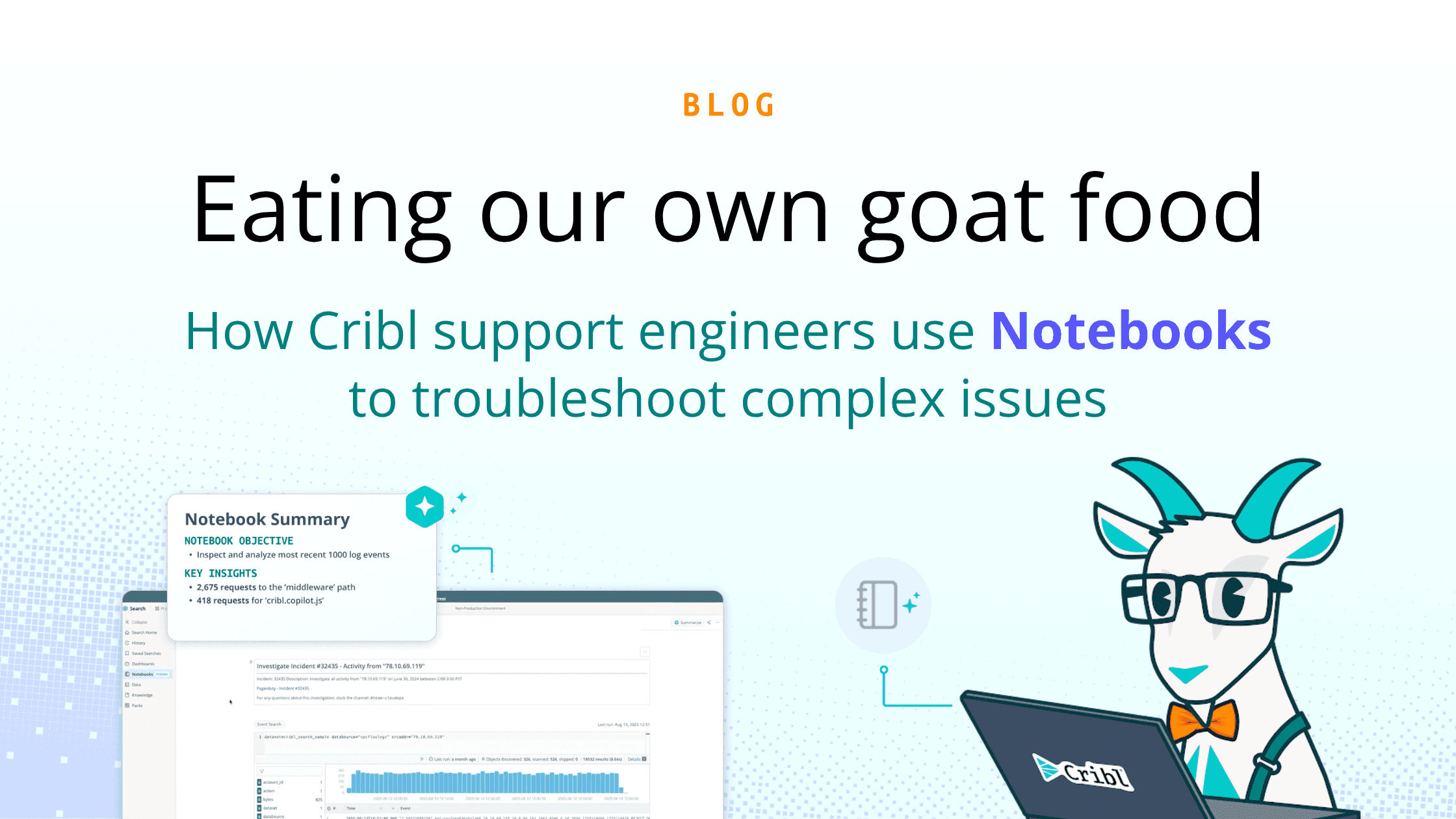Remember the classic Seinfeld episode, "The Opposite," where George Costanza decides to do the exact opposite of his every instinct, and suddenly, his life takes a dramatic turn for the better? He gets a beautiful girlfriend, a great job with the Yankees, and a fantastic apartment. It's a hilarious look at breaking free from ingrained, often self-sabotaging defeating patterns.
Now, let's turn our gaze to the world of technology, specifically data management. It often feels like many organizations are living in a perpetual "same" episode, where the instincts for data management have remained largely unchanged for decades, leading to a constant, unspoken struggle.
The Unquestioned Legacy
For over 20 years, we've seen the same practices for data management persist. It's almost as if no one dares to question the established order.
The Legacy Syslog Server: This stalwart of data collection often sits in a corner, humming along, collecting vast amounts of data. But how many truly assess its efficiency, scalability, or the effort required to maintain it in a modern, dynamic environment? It's the equivalent of George's original, failing instincts—we keep doing it because we always have.
Unpatched Old Agents: These silent workhorses collect data from various sources. Yet, how often are they truly up-to-date, patched, and optimized? An agent that hasn't been touched in years is a potential security vulnerability and a performance bottleneck, silently undermining efforts to stay secure and operational.
The Data Source Dilemma: Imagine needing to collect data from a new source. The process often involves a laborious dance of configurations, updates, and troubleshooting across a disjointed legacy system. The time and effort involved can be astronomical, delaying crucial insights and hindering agility.
The Real Cost of "The Same"
The true irony of these deeply ingrained habits is the tangible cost they incur. The legacy and disjointed solutions cost teams valuable resources.
Time: The hours spent maintaining old systems, troubleshooting outdated agents, and painstakingly integrating new data sources are hours not spent innovating, securing, or optimizing.
Money: Beyond the direct cost of hardware and software, consider the cost of labor for managing these complex, often inefficient systems. The operational overhead can be staggering.
Effort: The constant struggle to keep these legacy solutions limping along drains the energy and morale of security and operations teams. They spend all day playing catch-up, trying to stay ahead of threats and minimize downtime, all while wrestling with systems that actively work against them.
Embracing "The Opposite" for Data Management
What if, like George, we decided to do the opposite of our ingrained instincts in data management? What if we questioned every assumption and sought out modern, efficient, and integrated solutions?
Centralized and Scalable Solution: Instead of disparate syslog servers and agents, imagine a unified platform that can ingest, process, and analyze data from any source with ease.
Automated Updates and Management: What if agents were self-updating, self-healing, and effortlessly managed, freeing up valuable time for security and operations teams?
Simplified Data Onboarding: Imagine being able to add a new data source in minutes, not days or weeks, with minimal configuration and maximum impact.
The tech industry, particularly in data management, has an opportunity to learn from George Costanza. It's time to do the opposite of what we've always done. Challenge the status quo. By breaking the cycle of these legacy practices and embracing modern unified approaches, organizations can reclaim lost time, save significant money, and empower their teams to truly stay ahead of threats and minimize operational disruptions. Not to mention, having a data management strategy in place helps enable AI initiatives, a Zero Trust journey, and a data tiering strategy, too.
Let's stop living in "The Same" episode and start writing a new, more efficient, and effective chapter for data management.







